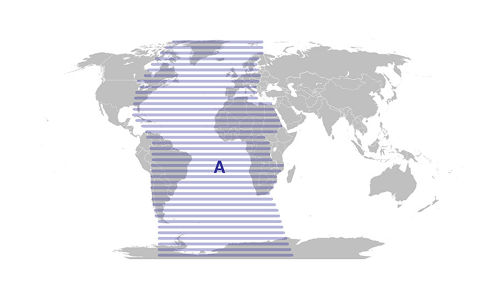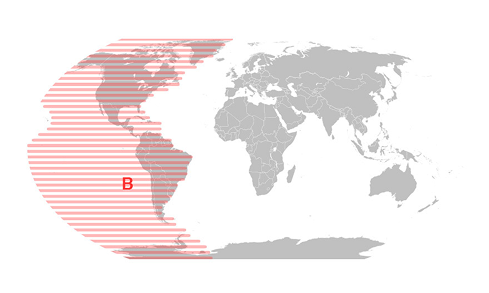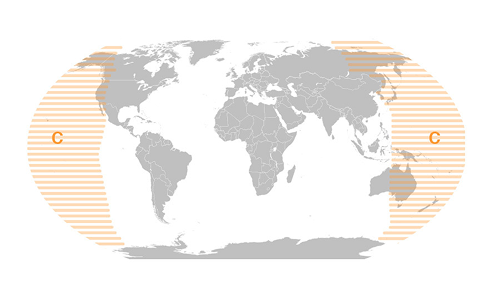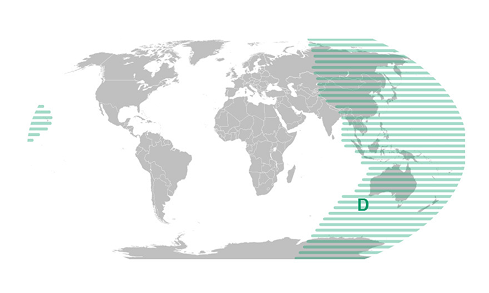
What I Learned from Observing a Classroom Conflict
I had the opportunity to watch an early care educator in her classroom this week. I was early to pick up my son and so the classroom was much busier than my usual drop-off and pick-up times. Free play was in full swing – there were kids playing dress up, some playing with sand, others building with blocks. I was thinking about the tough role the teachers have, supporting all these very young children and toddlers each day, offering them rich experiences of exploration and connection. I get exhausted by it, and I only have 2 kids.
At that moment, I heard a clunk, then a squeal followed by crying. Across the room, a girl had thrown a wooden block at the head of her peer, who was now crying loudly, obviously quite hurt. The teacher who was with them scooped up the hurt boy, holding him close. “Awww, William, that really hurt, huh?” She was gentle and warm, rubbing his back. “Cindy threw the block and it hit you right in the head.” At the same time, she sat down on the floor, still holding onto William but moving closer to Cindy who was now watching. Cindy was still looking a bit angry, but also sad and unsure.
She held an arm out to Cindy, welcoming her to come closer and said, “I am looking at Cindy’s face and she looks sad, too. I think she might be worried about you.” I turned to look at Cindy’s face – she did look genuinely upset by the pain she had caused, and as her teacher named this, tears pooled in her eyes, too. Cindy came towards William and the teacher, letting the teacher’s arm rest on her back. “When William grabbed the blocks you were playing with, I wonder if you felt mad?”
I thought a lot about this interaction that night and the next morning. I thought about what I didn’t see the teacher do what I so often do myself. There were no negative feelings towards the child who had thrown the block, no angry scolding focused on teaching Cindy her behavior was not ok. There was no, ‘Look what you’ve done.”
I thought about how hard it is (for me anyway) not to take a side in these moments. I normally feel quite angry at the child who has done the hurting (usually my eldest) and I only offer comfort to the crying child. But what I saw here gave me new perspective. It’s not only the injured child who is hurting – both children need the help of someone who is Bigger, Stronger, Wiser and Kind to comfort, protect and organize their feelings. The Circle of Security.
I invite you to share with me your comments, reflections, Circle stories and experiences with Circle of Security Parenting. Your submissions may be used in future blog posts, with all identifying information excluded, unless you specifically request to be identified. Contact me at brooke[at]circleofsecurityinternational[dot]com.







